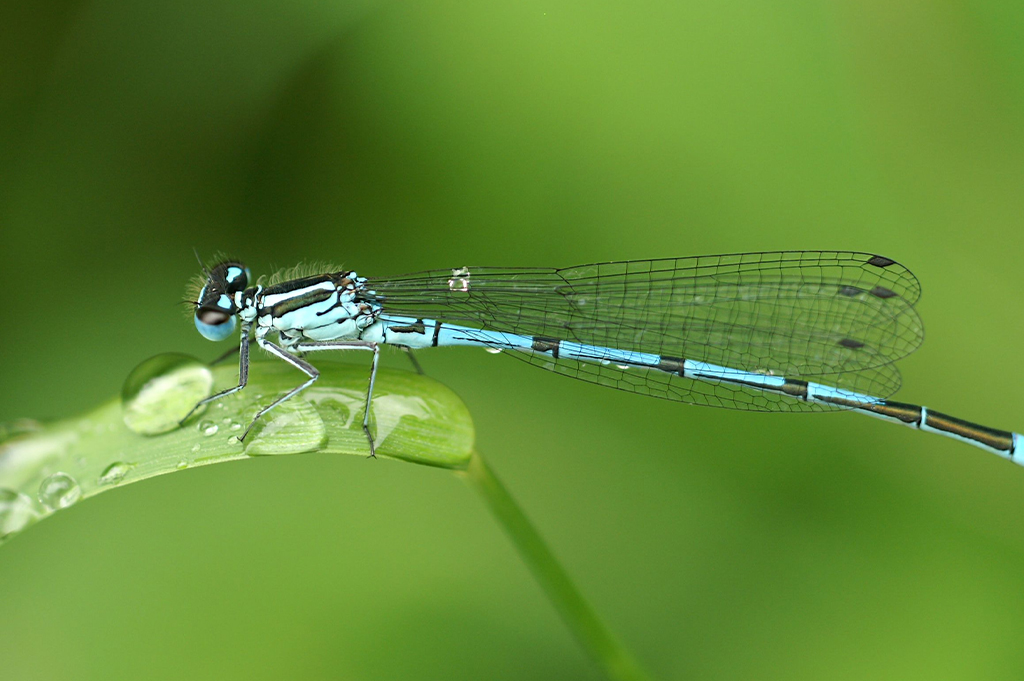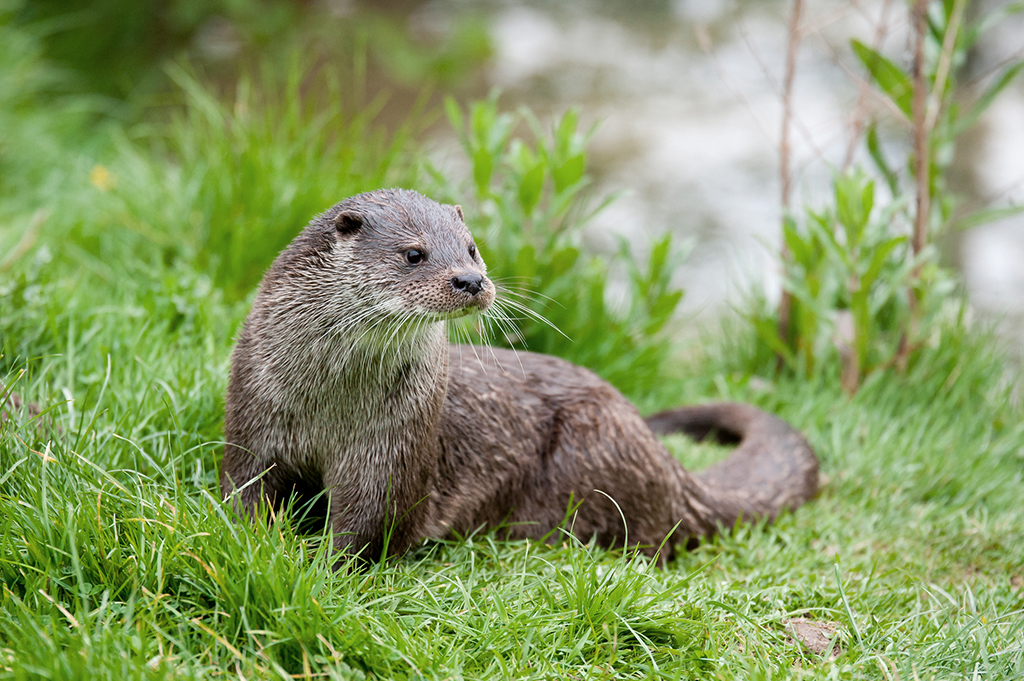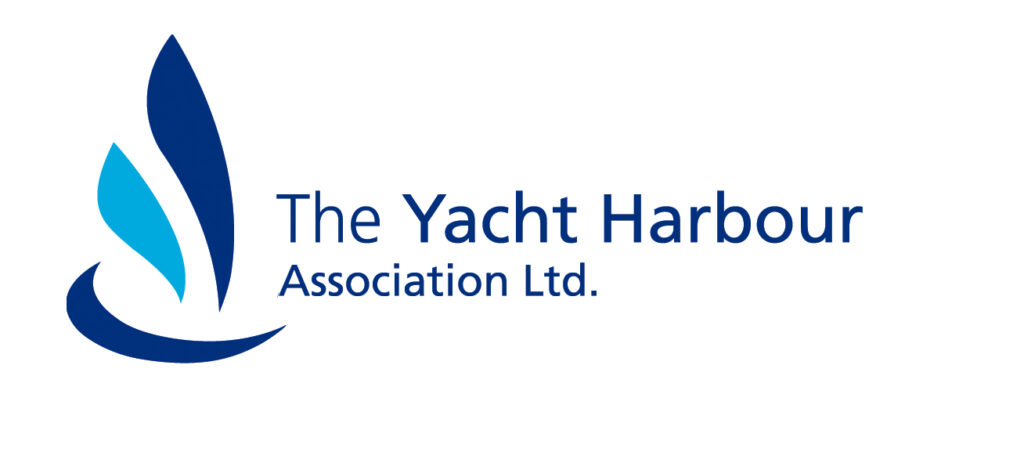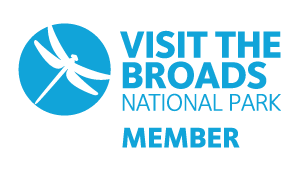The Norfolk Broads are home to a wide range of wonderful wildlife. Mammals, birds and insects, some of which will not be seen anywhere else, can be spotted on your journey. Below are details of just a few you may be lucky enough to spot!

Norfolk Broads Wildlife
Marsh Harrier – This is the largest of the harriers. It has a long tail and broad wings. The Marsh Harrier eats small birds and mammals. They are very slow fliers and can remain in the air while at speeds of as little as 20mph.
Barn Owl – These have buff back and wings and a white heart-shaped face. They eat mice, voles and shrews. Their wings can spread 85cm and are about 25cm tall.
Mallard – These are very easy to recognise. Males have a green head and white neck ring. They are a purple-brown on the breast and have grey bodies. The female has an orange bill and is brown.
Coot – These are crane-like birds that swim in open water. They can dive up to depths of 2m. They are all black with white beaks.
Moorhen – These are often found feeding around the water’s edge. They feed on water and land. They are mainly black with red and yellow beaks.
Great Crested Grebe – This is the largest of the grebe family. They nest on the edge of the water. They dive to feed and are not keen on flying. They eat mainly fish.
Greylag Goose – This is the largest and heaviest of wild geese. Feather colours are grey, white, brown and cream and they have orange beaks.
Canada Goose – These have a black head and neck with a patch of white on the throat. These geese can create noisy flocks. They are a breed that was introduced from North America.
Egyptian Goose – These have their stronghold in Norfolk. Feather colours are brown, black, white, orange, grey, cream/buff and green and they have distinctive dark brown eye patches.
Grey Heron – These are wading birds and are often spotted not moving on the water’s edge. They wait for their prey which they then stab with their pointy beaks. They are tall with long legs and have black, white, grey and cream feathers. They eat lots of fish and some small mammals such as voles and baby ducks.
Cormorant – These birds are great at fishing which means they are often seen as a nuisance by anglers. They are a large water bird, mainly brown and black in colour with black and yellow beaks. After they have been fishing they can often be seen on the shore with their wings held out to dry.
Kestrel – These are the most common of all birds of prey in Europe. They can catch very small mammals as they are able to keep their heads totally still. They are small and brown with a hooked bill.
Bittern – These are well known for their fog-horn like call. They are part of the heron family. They have brown, black, white and cream feathers and are one of the most threatened species in the UK.
Kingfisher – These are small to medium-sized birds very bright in colour. They have brown, white, blue orange and green feathers. They fly very fast over the water to catch fish.
Common Cranes (only breeding) – These are large birds with long legs and necks. The Norfolk Broads have the only breeding common cranes. The location of this breeding site is not published to protect them.

Norfolk Hawker – These dragonflies can be spotted due to the yellow triangle on their abdomen and bright green eyes. They are brown with clear wings.
Old World Swallowtail Butterfly – This butterfly has yellow wings with black vein-like markings. They are fast flyers with a wingspan of about 10cm.
Brimstone Butterfly – These are bright yellow butterflies.
Whirlygig Beetles – These are water beetles that usually swim on the surface of the water. They are black with orange legs.
Azure Damselfly – These dragonflies are around 3cm long with blue and black markings.

Water Vole – These live on the banks of rivers. They are strong swimmers and are often mistaken for rats! The Wind in the Willows character of Ratty is actually meant to be a water vole.
Otter – These mammals feed on fish. There are 13 species of otter in total. They can measure up to 120cm.

Nature Reserves
If you have an interest in nature the Norfolk & Suffolk region is brimming with nature reserves for you to explore.
Ranworth Broad – Ranworth
Part of the Norfolk Wildlife Trust, this attraction will appeal to both dedicated nature lovers and families alike – with special children’s ‘Wildlife Detective’ bags available for hire. Take a stroll along the boardwalk to pass through a variety of wildlife habitats. It will lead you to the novel floating Broads Wildlife Centre where you can enjoy refreshments and a stunning view over Ranworth broad.
Hickling Broad National Trust Reserve – Hickling
This nature reserve is perfect for visiting by boat. The reserve comprises a variety of open water, fen, reedbed and marsh wildlife habitats which you can experience from a nature trail and boardwalk. Whilst you are here you can expect to see a fine selection of Broadland wildlife, including (if you are lucky!) the Norfolk Hawker dragonfly and Swallowtail butterfly. Stop off at the visitor centre afterwards to enjoy refreshments.
How Hill Trust – Ludham
The How Hill Trust is based in an Edwardian thatched mansion which looks out over a 365 acre estate. This includes beautiful gardens, as well as an expanse of archetypal Broadland landscape. A main objective of the trust is the education of children about the Broads in conjuction with the Broads Authority (who own the nature reserve adjacent to How Hill).
Strumpshaw Fen Nature Reserve – Strumpshaw
This RSPB nature reserve offers a full range of Broadland habitats and wildlife. You can wander around the reedbeds, woodlands and orchard-filled meadows keeping your eyes peeled for marsh harriers, bitterns and kingfishers. ‘Activity rucksacks’ and guided walks for birdwatching beginners are on offer to keep children entertained.
Surlingham Church March Nature Reserve – Surlingham
You can enjoy a short circular walk around this RSPB nature reserve, wandering amongst the reedbeds, fens and pools. In the summer you can expect to be greeted by a riot of colour from wetland flowers, as well as the dulcet tones of hedge and reed warblers. In winter the flooded site attracts bitterns and shovelers.
Wheatfen Nature Reserve – Surlingham
This nature reserve is the home of the Ted Ellis Trust which is dedicated to preserving Wheatfen Broad – an area of special scientific interest. The reserve is well maintained to be easy accessible, in keeping with the trust’s main aim that the land and wildlife can be easily enjoyed by both adults and children alike.
Upton Broad and Marshes – Upton
Enjoy a walk in one of the UK’s top ten reserves for dragonfly spotting and count how many you can see!













